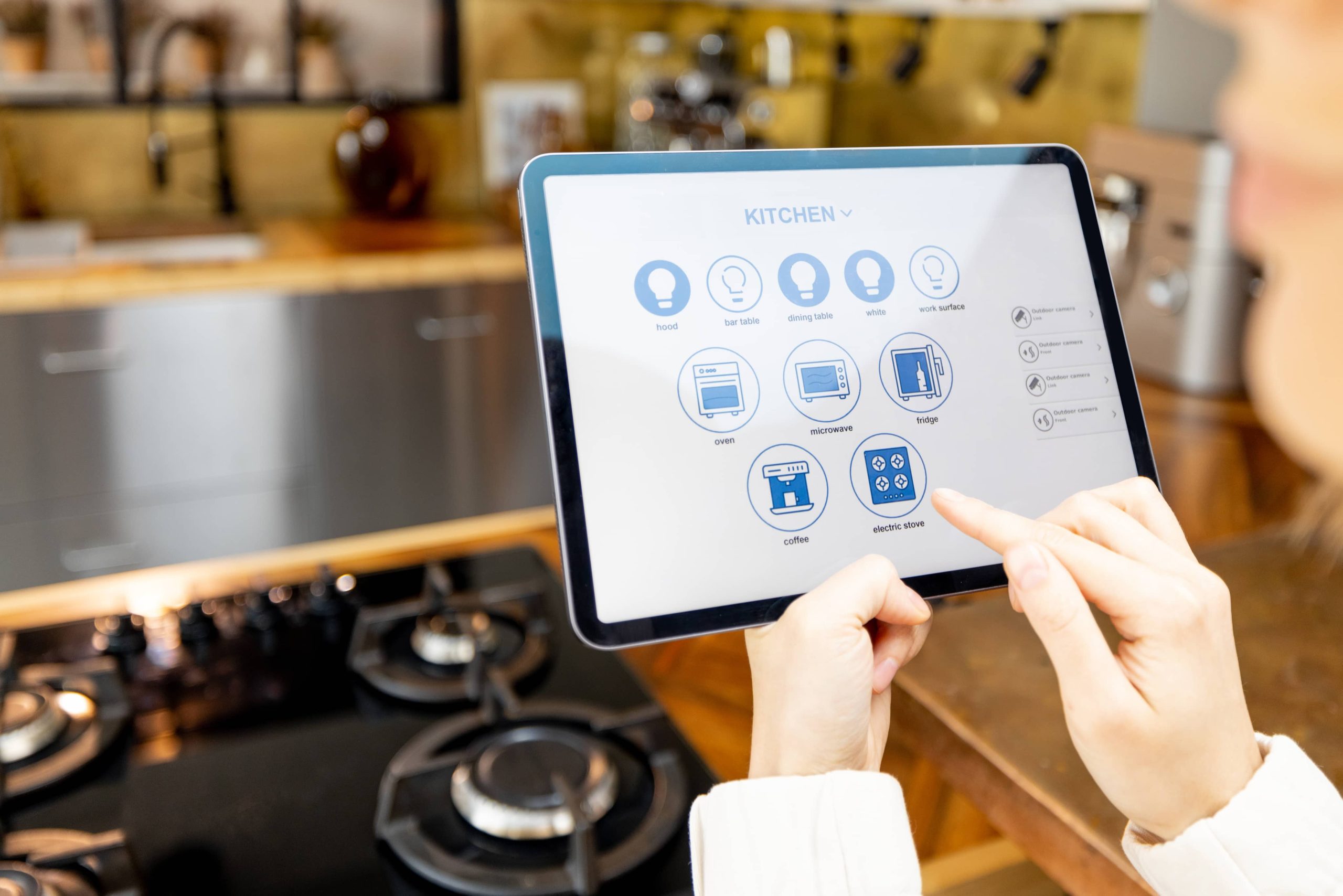
In the ever-evolving world of smart home technology, smart plugs have emerged as one of the most accessible and versatile devices. They offer a simple yet effective way to transform your ordinary appliances into smart devices, allowing you to control them remotely, schedule their operation, and even monitor energy usage. Whether you’re a tech enthusiast or a beginner looking to dip your toes into the world of smart homes, installing smart plugs is a great starting point. In this guide, we’ll walk you through everything you need to know about smart plugs, from choosing the right one to installing and using it effectively.
Understanding Smart Plugs
Before diving into the installation process, it’s essential to understand what smart plugs are and how they work. A smart plug is a device that fits between your power outlet and the appliance you want to control. It connects to your home Wi-Fi network, allowing you to control the plugged-in device via a smartphone app or a smart home assistant like Amazon Alexa or Google Assistant.
Choosing the Right Smart Plug
The market is flooded with various smart plug options, each offering different features. Here are some factors to consider when choosing the right smart plug for your needs:
1. Compatibility: Ensure the smart plug is compatible with your existing smart home ecosystem. If you use Amazon Alexa, Google Assistant, or Apple HomeKit, check that the smart plug supports these platforms.
2. Energy Monitoring: Some smart plugs come with energy monitoring features, allowing you to track the power consumption of your devices. This can be particularly useful for managing energy costs.
3. Scheduling and Automation: Look for smart plugs that offer scheduling and automation features. This allows you to set specific times for your devices to turn on or off, adding convenience and energy savings.
4. Design and Size: Consider the design and size of the smart plug, especially if you plan to use it in a tight space or with multiple plugs on the same outlet.
5. Price: Smart plugs are available at various price points. Determine your budget and find a plug that offers the best features within that range.
Installing Your Smart Plug
Once you’ve chosen the right smart plug, it’s time to install it. Follow these steps for a smooth installation process:
1. Download the App: Most smart plugs require a companion app for setup and control. Download the app from the App Store or Google Play Store and create an account if necessary.
2. Plug It In: Insert the smart plug into a power outlet. Ensure the outlet is within range of your Wi-Fi network for a stable connection.
3. Connect to Wi-Fi: Open the app and follow the instructions to connect the smart plug to your Wi-Fi network. This usually involves putting the plug into pairing mode and selecting your network from the app.
4. Name Your Device: Once connected, you’ll have the option to name your smart plug. Choose a name that reflects the device or appliance it controls, like “Living Room Lamp” or “Coffee Maker.”
5. Test the Connection: Use the app to turn the smart plug on and off, ensuring it responds correctly. If you encounter any issues, consult the troubleshooting section of the app or the manufacturer’s website.
Using Your Smart Plug
With your smart plug installed, you can now explore its features and capabilities:
1. Remote Control: Use the app to control your devices from anywhere. Whether you’re at home or away, you can turn appliances on or off with a simple tap.
2. Voice Control: If your smart plug is compatible with a voice assistant, set it up for voice control. This allows you to control your devices hands-free, adding an extra layer of convenience.
3. Scheduling: Take advantage of scheduling features to automate your devices. Set your coffee maker to start brewing before you wake up or have your lights turn on at sunset.
4. Energy Monitoring: If your smart plug supports energy monitoring, use the app to track your energy usage. This can help you identify energy-hungry devices and make informed decisions about your consumption.
5. Integration with Other Smart Devices: Explore the possibilities of integrating your smart plug with other smart home devices. Create routines or scenes that involve multiple devices working together for a seamless smart home experience.
Troubleshooting Common Issues
While smart plugs are generally easy to use, you may encounter some common issues:
– Connection Problems: If your smart plug isn’t connecting to Wi-Fi, ensure it’s within range and that your network is functioning correctly. Restarting your router or the smart plug may also help.
– App Issues: If the app isn’t responding or crashes, try updating it to the latest version or reinstalling it.
– Device Not Responding: If the smart plug isn’t responding to commands, check for firmware updates or reset the device to its factory settings.
Conclusion
Smart plugs are a fantastic addition to any smart home, offering convenience, energy savings, and enhanced control over your devices. By following this comprehensive guide, you’ll be well-equipped to choose, install, and use smart plugs effectively. As you become more comfortable with smart home technology, you’ll discover even more ways to automate and enhance your living space. Happy smart plugging!







